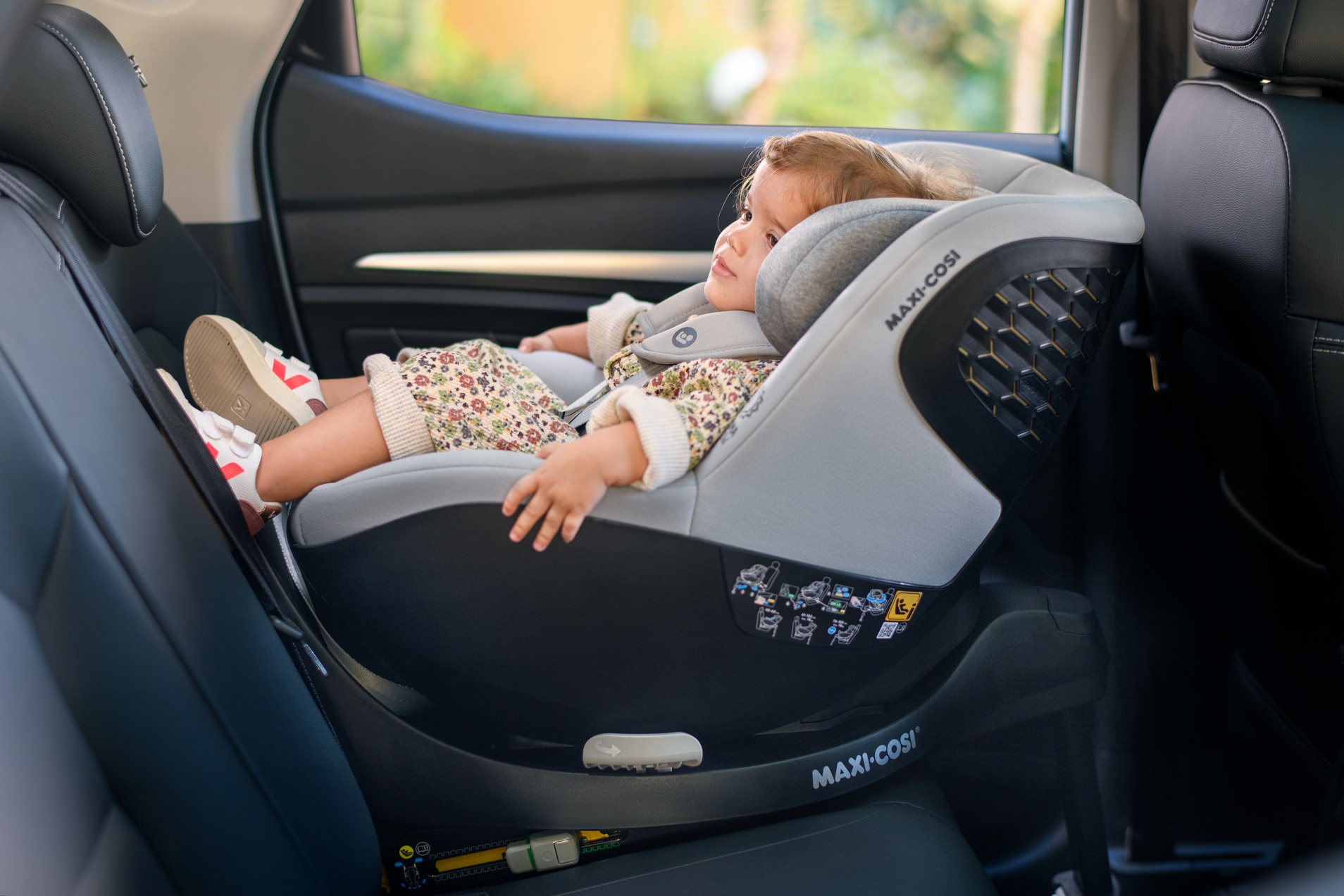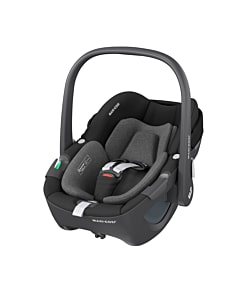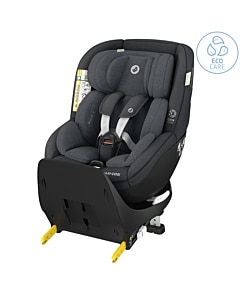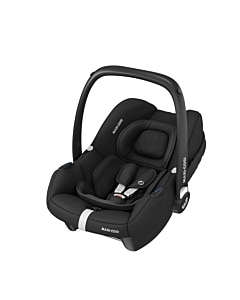Car seat safety rules explained: R44 v R129
When you’re shopping for a car seat, safety and car seat laws need to come first. If you don’t have the right car seat, you face fines and you could be putting your child in danger. In Europe, that means looking for an R129 i-Size car seat or one that meets the ECE R44/04 standard. But is an R129 or R44 car seat best? We explain the differences between them so you can decide.
What is the difference between an ECE R44 and an R129 car seat?
The R129 standard was introduced in 2013 to make travel for babies and children even safer. It’s newer than the ECE R44 standard and follows more detailed tests for improved head and neck protection.
Current child car seat laws mean it is legal to use either an R44/04 or an R129 car seat. It is still safe to use an R44 car seat, but it is likely that the R44 standard will be phased out over time.


R129 i-Size car seats at a glance
-
You choose the seat depending on your child's height, not weight. This can make things safer as most parents know the height of their child better than the weight. You'll find it easier to ensure your child is in the right size seat.
-
It is considered the safest standard with improved head and neck protection.
-
Side-impact crash test results are assessed as part of the standard.
-
You have to use ISOFIX, which attaches the car seat directly to your car’s chassis, with an i-Size car seat. ISOFIX car seats are more likely to be correctly fitted in your vehicle. Bare in mind that you need an additional ISOFIX base to install a baby car seat using ISOFIX.
ECE R44/04 car seats at a glance
-
R44 car seat groups 0+ (birth to 13 kg), 1 (9 to 18 kg), or 2/3 (15 to 36 kg) are based on your child’s weight, not height and are suitable for children from birth up to 12 years old.
-
Models are available that can be fitted using either ISOFIX or your car’s seatbelts if your vehicle does not have an ISOFIX anchor point.
-
Car seats meeting the R44 standard are tested for rear and frontal impact but side-impact crashes are not tested.
-
Your child can travel forward-facing from the age of approximately nine months old in an R44 car seat.
Why should my baby travel rear-facing according to i-Size regulation?
If you’re using an i-Size car seat, your baby must travel rear-facing until they are 15 months old. This is the minimum age recommended before children travel forward-facing to protect your baby’s delicate neck and head. Travelling rear-facing offers maximum protection to babies and toddlers.
You can find out more about the benefits of rearward-facing travel here.
Should I choose an R44 or an i-Size car seat?
What type of car seat you choose depends on the age of your child and individual needs. R44 car seats meet a good standard of safety for your peace of mind. But if you want your baby or toddler to travel in a car seat that meets the latest, strict safety standards, you should opt for i-Size.




